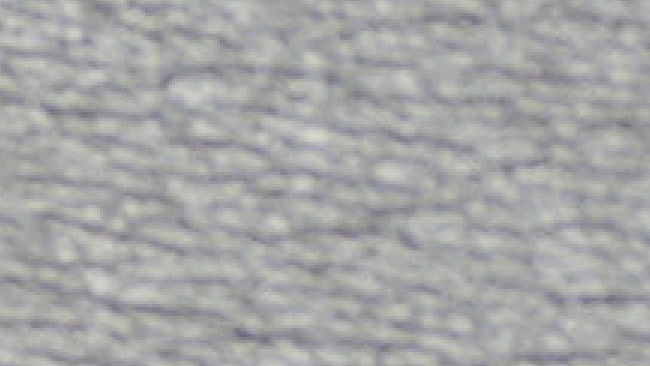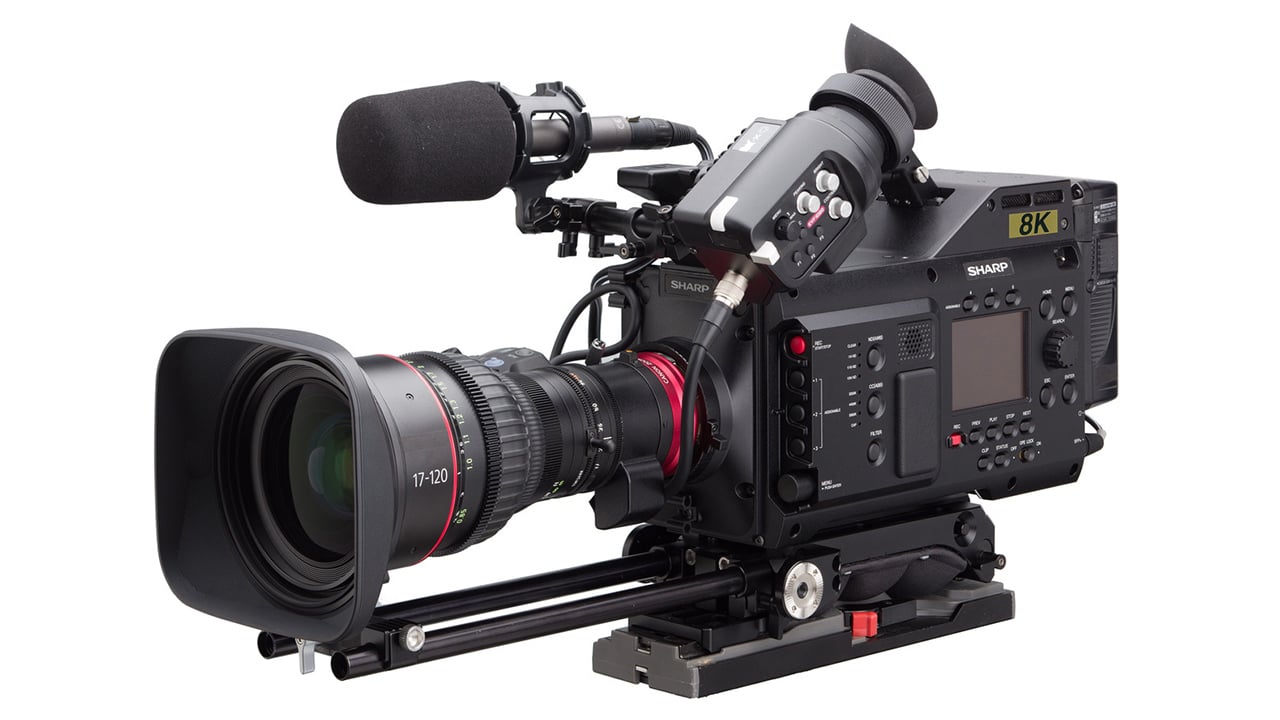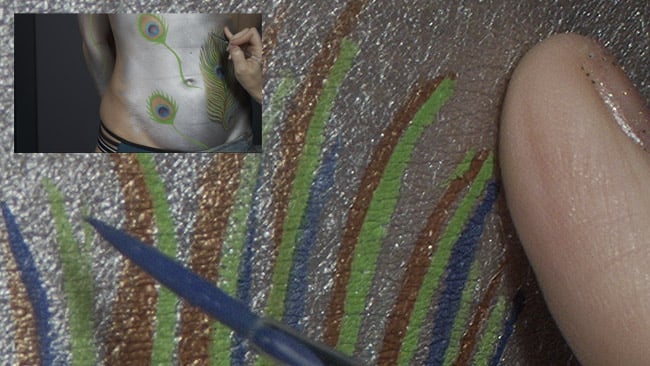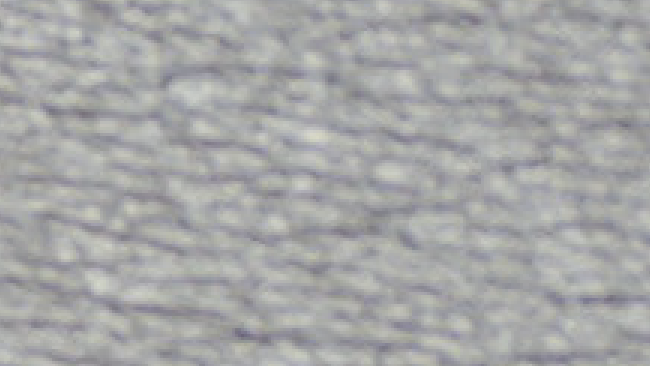
 We've been given a sneak peak of the kind of footage the new camera from Sharp can produce
We've been given a sneak peak of the kind of footage the new camera from Sharp can produce
Sharp's 8CB60A 8K camera caused a bit of a stir last year, and now we have been shown some exclusive footage from the new camera that shows off just how good 8K is.
Sharp's release of an 8K production camera at their Phoenix dealer meeting in November raised a few eyebrows. Not only had the company not been involved in film and TV equipment (at least since the early days of CCD cameras) but the camera itself was a daring attempt to pack 33 megapixels onto a super-35mm sensor. This, then, was an attempt to create a market and jump the competition at the same time.

As the image above demonstrates, we've now been given access to a clip, albeit a very brief one, of footage from the 8C-B60A camera. The material was delivered over the internet for speed, and 8K material at 60 frames per second does not result in small files. It arrived as an AVI file in the HQX codec, weighing in at 5.18GB for 452 frames of footage, equivalent to a bit more than seven and a half seconds of 7680 by 4320 10-bit 4:2:2 footage at 60p. As promised, a simple installation of Grass Valley's freely-available HQX codec installer made the material readable to every DirectShow-aware application on the system; a similar QuickTime codec is available for Mac users.
Breath of fresh air
It's worth a quick aside here to recognise what a breath of fresh air it is to have a camera company release a camera recording in such an easily-handled format. It's almost become fashionable of late to have nonlinear edit software permanently chasing new camera formats. A simple AVI file is readable by practically everything once the codec is installed, and requires no special support efforts whatsoever. Even an ancient version of Premiere happily loaded the file.
Of course, you'll need enough performance to scrub through the clip fluidly, and that's less easy. The inner workings of the HQX codec aren't easily elucidated, so we don't know precisely what it's doing. Still, based on the fairly safe assumption that it's using current techniques, decoding images of 7680 by 4320 resolution at 60 frames per second represents a stern trial for many modern workstations. Even the mighty ffmpeg, a famously fast and well-optmised bit of code, only managed to transcode the 4K HQX to a 1080p ProRes QuickTime at 2fps on a 3GHz quad-core CPU (it isn't clear how well threaded all parts of the processing chain are there, but either way, it's hard work.)

A 300% crop of the 8K Sharp footage
Close examination of the images reveal some of the fairly predictable concerns of shooting such high resolution. The right-hand side of the model is sharply focussed, but zooming right in we can see that focus begins to drift slightly on the left. As we noticed in Phoenix, it's also not the quietest camera in the world, but that is very clearly a lot of resolution. And, as this 2015 article makes clear, oversampling is a very lovely thing. The files may be huge, but scale it down by half and the results have a lot of sharpness without being unpleasant – and we've still got 4K resolution. It's hard to dislike.
The material shown here was shot with the 8C-B60A camera using a Zeis 28-80mm compact zoom at f/5.8, representing a sensible configuration for a camera demanding lots of sharpness. The images are unprocessed and represent the camera's 600% HLG setting for high dynamic range images, and are in the Rec. 2020 colour gamut, which is why they look rather washed-out and unsaturated on your sRGB display.
Other companies have 8K cameras, although usually not with a single, super-35mm sensor. Sharp are perhaps competing most closely with Sony, which showed a 3-chip 8K live production camera at IBC last year. We probably aren't all going to be shooting 8K in the immediately-identifiable future, but given that, Sharp are still noticeably ahead of the game in resolution terms at least.
Tags: Production


Comments